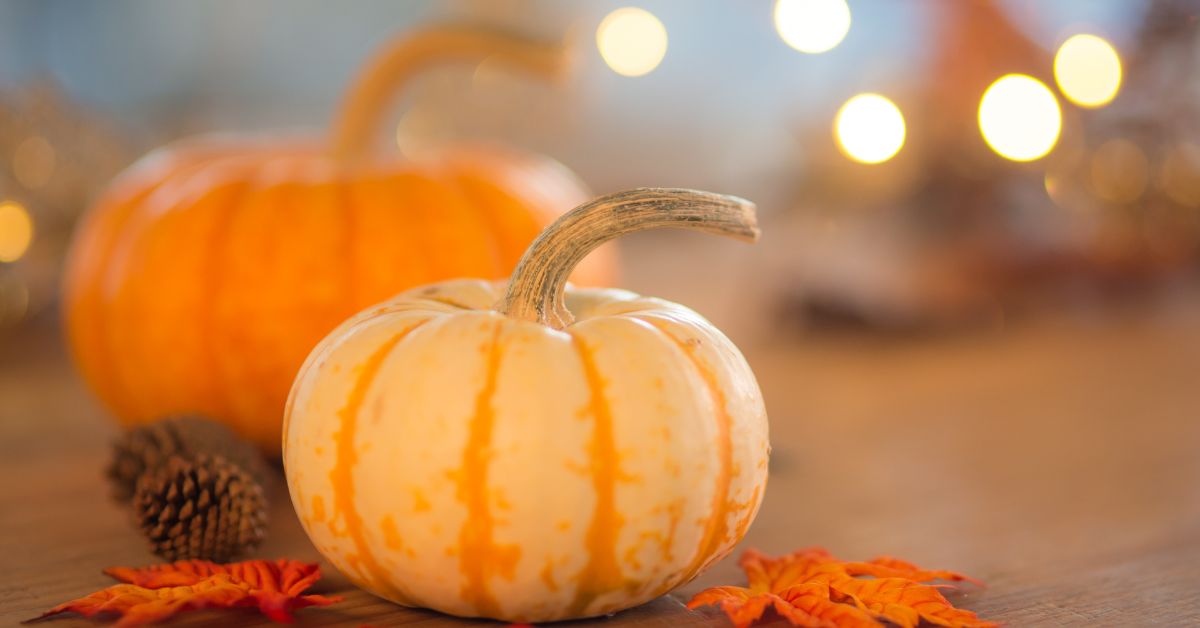The national holiday of Thanksgiving began as a celebration of the harvest and other blessings, according to history books. Thanksgiving, however, has since moved away from its Puritan roots and has become a day to symbolize intercultural peace, America’s opportunity for newcomers, and the sanctity of home and family.
For generations, Thanksgiving Day, fondly referred to as Turkey Day, has been celebrated with a large feast consisting of several dishes that vary by culture, ethnicity, state and region. But in most households, you will usually find stuffing, mashed potatoes, gravy, green beans, corn, dinner rolls, cranberry sauce, candied yams, macaroni and cheese, pies of all varieties, and the quintessential main dish: turkey.
Thanksgiving Day is also often celebrated with football games, parades, and volunteering, and relatives you rarely see.
The History Channel reports that no record exists of the first Thanksgiving menu. Although turkey has become the official mascot of Thanksgiving Day, many historians believe it was likely not a part of the original feast. Here’s a list of foods that might’ve appeared on the table instead:
- Deer, likely roasted over a smoldering fire or made into a stew
- Local vegetables such as onions, beans, lettuce, spinach, cabbage, carrots and peas
- Indigenous fruits such as blueberries, plums, grapes, gooseberries, raspberries and cranberries
- Corn, likely pounded into a thick corn mush or porridge
- Various types of seafood like mussels, lobster, bass, clams and oysters.
- Pumpkin custard
- Root vegetables like turnips and groundnuts
In whatever ways you celebrate, and with whomever you celebrate, may this day be filled with blessings for you and your loved ones.
Shalom, Paul
